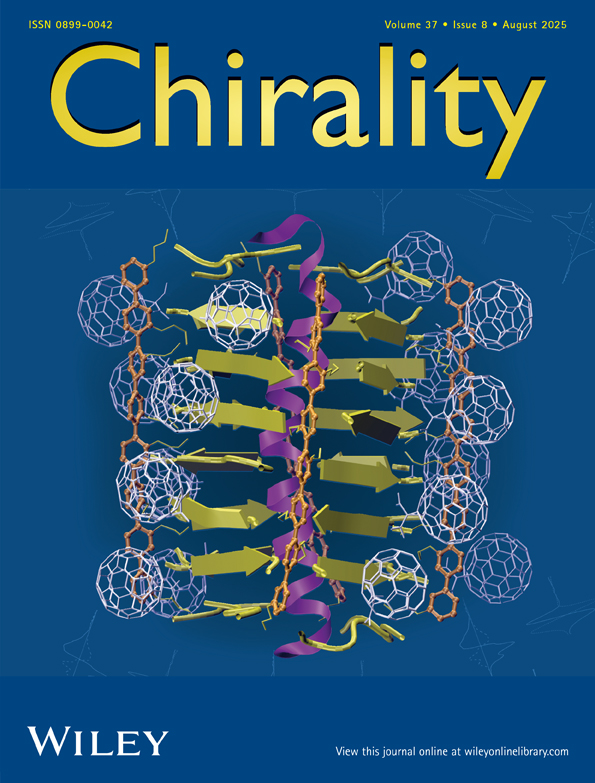Synthesis of highly potent second-generation taxoids through effective kinetic resolution coupling of racemic β-lactams with baccatins
Abstract
A series of highly potent second-generation taxoids bearing a 2-methylprop-1-enyl or a 2-methylpropyl group at C-3′ with modifications at the C-2, C-10, and C-14 positions was synthesized through the coupling of racemic cis-β-lactams with properly protected/modified baccatin and 14-OH-baccatin. A high level of kinetic resolution was observed for all cases examined. The observed highly efficient enantiomer differentiation is ascribed to the markedly different chiral environment between the (+)- and (−)-β-lactams in their approach to the chiral framework of the enantiopure lithium alkoxide of a baccatin in the ring-opening coupling process. It was also observed that substantially higher selectivity was achieved when 14-OH-baccatin-1,14-carbonate was used. Analysis of the transition state models revealed that the repulsive interactions between the 3-TIPS group of a (−)-β-lactam with 1,14-carbonate group of the baccatin substantially increases the asymmetric bias in the kinetic resolution process, favoring the reaction of a (+)-β-lactam, which leads to the observed excellent selectivity. Chirality 12:431–441, 2000. © 2000 Wiley-Liss, Inc.




